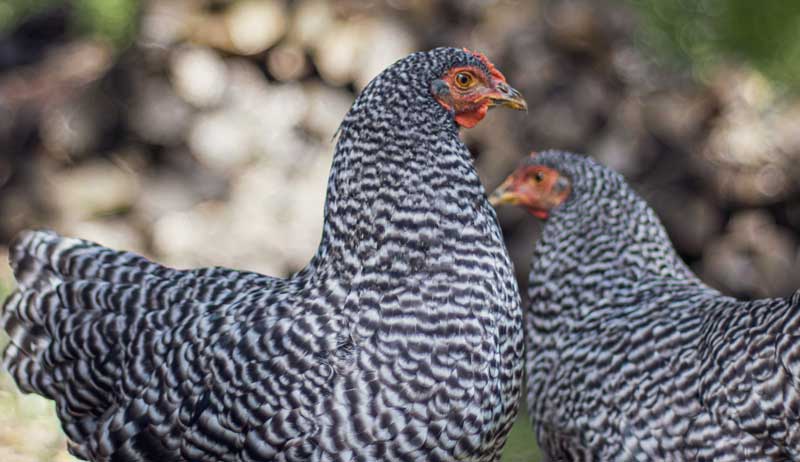3||(n=3===i.length?window[i[0]][i[1]][i[2]]:2===i.length?window[i[0]][i[1]]:window[l.funcName]),null!=n&&n.apply(null,this.parameters),!0===l.deleteWhenComplete&&delete t[e],!0===l.isBlock&&(u(“—– F’D: “+l.name),f())}},l=function(e,i,t,n,s,r,o){var a=this;this.name=e,this.path=i,this.async=s,this.defer=r,this.isBlock=t,this.blockedBy=n,this.isInitialized=!1,this.isError=!1,this.isComplete=!1,this.proceedIfError=o,this.isTimeDelay=!1,this.isPath=function(e){return”/”===e[0]&&”/”!==e[1]},this.getSrc=function(e){return void 0!==window.__ezScriptHost&&this.isPath(e)?window.__ezScriptHost+e:e},this.process=function(){a.isInitialized=!0,u(“… file = “+e);var i=document.createElement(“script”);i.src=this.getSrc(this.path),!0===s?i.async=!0:!0===r&&(i.defer=!0),i.onerror=function(){u(“—– ERR’D: “+a.name),a.isError=!0,!0===a.isBlock&&f()},i.onreadystatechange=i.onload=function(){var e=i.readyState;u(“—– F’D: “+a.name),e&&!/loaded|complete/.test(e)||(a.isComplete=!0,!0===a.isBlock&&f())},document.getElementsByTagName(“head”)[0].appendChild(i)}},c=function(e,i){this.name=e,this.path=””,this.async=!1,this.defer=!1,this.isBlock=!1,this.blockedBy=[],this.isInitialized=!0,this.isError=!1,this.isComplete=i,this.proceedIfError=!1,this.isTimeDelay=!1,this.process=function(){}};function d(e){!0!==h(e)&&0!=o&&e.process()}function h(e){if(!0===e.isTimeDelay&&!1===n)return u(e.name+” blocked = TIME DELAY!”),!0;if(e.blockedBy instanceof Array)for(var i=0;i200||(u(“let’s go”),m(s),m(r))}function m(e){for(var i in e)if(!1!==e.hasOwnProperty(i)){var t=e[i];!0===t.isComplete||h(t)||!0===t.isInitialized||!0===t.isError?!0===t.isError?u(t.name+”: error”):!0===t.isComplete?u(t.name+”: complete already”):!0===t.isInitialized&&u(t.name+”: initialized already”):t.process()}}return window.addEventListener(“load”,(function(){setTimeout((function(){n=!0,u(“TDELAY —–“),f()}),5e3)}),!1),{addFile:function(e,i,n,o,a,c,h,u){var f=new l(e,i,n,o,a,c,h);!0===u?s[e]=f:r[e]=f,t[e]=f,d(f)},addDelayFile:function(e,i){var n=new l(e,i,!1,[],!1,!1,!0);n.isTimeDelay=!0,u(e+” … FILE! TDELAY”),r[e]=n,t[e]=n,d(n)},addFunc:function(e,n,o,l,c,h,u,f,m){!0===h&&(e=e+”_”+i++);var p=new a(e,n,o,l,c,u,f);!0===m?s[e]=p:r[e]=p,t[e]=p,d(p)},addDelayFunc:function(e,i,n){var s=new a(e,i,n,!1,[],!0,!0);s.isTimeDelay=!0,u(e+” … FUNCTION! TDELAY”),r[e]=s,t[e]=s,d(s)},items:t,processAll:f,setallowLoad:function(e){o=e},markLoaded:function(e){if(e&&0!==e.length){if(e in t){var i=t[e];!0===i.isComplete?u(i.name+” “+e+”: error loaded duplicate”):(i.isComplete=!0,i.isInitialized=!0)}else t[e]=new c(e,!0);u(“markLoaded dummyfile: “+t[e].name)}},logWhatsBlocked:function(){for(var e in t)!1!==t.hasOwnProperty(e)&&h(t[e])}}}();__ez.evt.add=function(e,t,n){e.addEventListener?e.addEventListener(t,n,!1):e.attachEvent?e.attachEvent(“on”+t,n):e[“on”+t]=n()},__ez.evt.remove=function(e,t,n){e.removeEventListener?e.removeEventListener(t,n,!1):e.detachEvent?e.detachEvent(“on”+t,n):delete e[“on”+t]};__ez.script.add=function(e){var t=document.createElement(“script”);t.src=e,t.async=!0,t.type=”text/javascript”,document.getElementsByTagName(“head”)[0].appendChild(t)};__ez.dot={};]]> 0&&(window.ezoSTPixelFire(),clearInterval(e))}),250);window.ezoSTPixelAdd=function(e,t,i){window.ezoSTPixels.push({id:e,name:t,value:i}),window.ezoSTPixelFire()},window.ezoGetSlotById=function(e){var t=e.split(“div-gpt-ad-“)[1].split(“-“,3).join(“-“);for(s in window.ezslots_raw)if(window.ezslots_raw[s].tap.includes(t))return window.ezslots_raw[s]},window.ezoGetSlotNum=function(e){if(void 0!==window.ezslots&&0!=window.ezslots)for(var t=0;t0;){var e=window.ezoSTPixels.shift(),t=window.ezoGetSlotById(e.id);if(void 0===t){var i;if(i=void 0!==__ez.fads?__ez.fads.initslots[e.id]:__ez_fad_initslot[e.id],void 0===googletag.defineSlot)return void window.ezoSTPixels.push(e);if(i(1),void 0===(t=window.ezoGetSlotById(e.id)))return void window.ezoSTPixels.push(e)}var o=[{type:”impression”,impression_id:t.eid,domain_id:window.did.toString(),unit:e.id,t_epoch:__ez.dot.getEpoch(0),ad_position:parseInt(t.ap),country_code:__ez.dot.getCC(),pageview_id:__ez.dot.getPageviewId(),comp_id:1,data:__ez.dot.dataToStr([new __ezDotData(e.name,e.value.toString())]),is_orig:0}],d=__ez.dot.getURL(“/porpoiseant/army.gif”)+”?orig=0&sts=”+btoa(JSON.stringify(o));__ez.dot.Fire(d)}}}();]]> 0;){var n=t.shift(),o=(e=n.unit,i=n.name,[{type:”impression”,impression_id:_ezim_d[e].full_id.split(“/”)[2],domain_id:window.did.toString(),unit:e,t_epoch:__ez.dot.getEpoch(0),ad_position:_ezim_d[e].position_id,country_code:__ez.dot.getCC(),pageview_id:__ez.dot.getPageviewId(),comp_id:2,data:__ez.dot.dataToStr([new __ezDotData(i,”1″)]),is_orig:0}]),a=__ez.dot.getURL(d)+”?orig=”+(!0===__ez.template.isOrig?1:0)+”&sts=”+btoa(JSON.stringify(o));void 0!==window.ezWp&&ezWp&&void 0!==window._ezaq&&_ezaq.hasOwnProperty(“visit_uuid”)&&(a+=”&visit_uuid=”+window.visit_uuid),__ez.dot.Fire(a)}}}();]]> -1){__ez_fad_haspo=true;}} try{var __ez_fad_po=new PerformanceObserver((entryList)=>{window.__ez_fad_hascp=true;__ez.fads.cmd.push(function(){__ez.fads.__ez_fad_hascp=true;});});__ez_fad_po.observe({type:’largest-contentful-paint’,buffered:true});}catch(e){} var __ez_fad_floatshowd=false;__ez.fads.__ez_fad_floatshow=function(d){if(__ez_fad_floatshowd===true||typeof __ez_fad_floating===’undefined’){return;} __ez_fad_floatshowd=true;var e=document.getElementById(‘ezmobfooter’);if(e!=null){e.classList.add(‘ezmobtrans’);}else{head=document.head||document.getElementsByTagName(‘head’)[0],style=document.createElement(‘style’);head.appendChild(style);var css=”body > #ezmobfooter{bottom:0px;visibility:visible;}”;style.type=’text/css’;if(style.styleSheet){style.styleSheet.cssText=css;}else{style.appendChild(document.createTextNode(css));}} googletag.cmd.push(function(){for(var i=0;ivh||__ez_fad_hascp||document.readyState===’complete’)){return true;}} function __ez_fad_position(id){if(__ez.fads.loaded){__ez.fads.cmd.push(function(){__ez.fads.__ez_fad_position(id);});return;} __ez.fads.fadcount++;var did=document.getElementById(id);if(did===null){return;} var rect=did.getBoundingClientRect();var vs=window.scrollY||document.body.scrollTop||document.documentElement.scrollTop;var vh=vs+window.screen.height;var vw=window.innerWidth||document.documentElement.clientWidth||document.body.clientWidth;var vh=window.innerHeight||Math.max(document.documentElement.clientHeight,document.body.clientHeight);if(rect.top>=vh){__ez.fads.cmd.push(function(){__ez.fads.__ez_fad_position(id);});return;} __ez.fads.divs[0].push(id);__ez.fads.divsd.push(id);if(!__ez_fad_csnt()||!__ez_fad_rdy()){setTimeout(function(){__ez_fad_display(id);},50);return;} __ez_fad_display(id);} function __ez_fad_display(id){if(!__ez_fad_csnt()||!__ez_fad_rdy()){setTimeout(function(){__ez_fad_display(id);},50);return;} __ez_fad_gpt();if(__ez_fad_floating.indexOf(id)!==-1){setTimeout(__ez.fads.__ez_fad_floatshow,0);return;} googletag.cmd.push(function(){var sn=__ez.fads.initslots[id](0);if(!sn){return;} var s=window[sn];googletag.display(id);if(typeof window.ezasBuild===’function’){if(window.ezasBuild(s)){return;}} if(typeof window.adjustHbValues===’function’){window.adjustHbValues(s);} googletag.pubads().refresh([s]);});} function ezSetTargetingFromMap(slot,obj){if(typeof slot===’undefined’){return;} for(var key in obj){if(!obj.hasOwnProperty(key)){continue;} slot.setTargeting(key,obj[key]);}} function ezSetSlotTargeting(divid,key,value){var slot=ezGetSlotById(divid);if(slot){slot.setTargeting(key,value);}else{if(typeof __ez.fads.kvStore[divid]==’undefined’){__ez.fads.kvStore[divid]={};} __ez.fads.kvStore[divid][key]=value;}} function ezGetSlotById(id){if(typeof window.ezslots===’undefined’||window.ezslots==0){return;} for(var i=0;ie.length&&(i=e.length);var t=e.splice(0,i),o=__ez.dot.getURL(“/detroitchicago/grapefruit.gif”)+”?orig=”+(!0===__ez.template.isOrig?1:0)+”&v=”+btoa(JSON.stringify(t));__ez.dot.Fire(o)}e=[]}}})}();]]> Tincture Recipes | Make Your Own Herbal Tincture | Homesteading Simple Self Sufficient Off-The-Grid | Homesteading.com  <![CDATA[ window._wpemojiSettings = {"baseUrl":"https://s.w.org/images/core/emoji/14.0.0/72×72/","ext":".png","svgUrl":"https://s.w.org/images/core/emoji/14.0.0/svg/","svgExt":".svg","source":{"concatemoji":"https://homesteading.com/wp-includes/js/wp-emoji-release.min.js?ver=6.1.1"}}; /*! This file is auto-generated */ !function(e,a,t){var n,r,o,i=a.createElement("canvas"),p=i.getContext&&i.getContext("2d");function s(e,t){var a=String.fromCharCode,e=(p.clearRect(0,0,i.width,i.height),p.fillText(a.apply(this,e),0,0),i.toDataURL());return p.clearRect(0,0,i.width,i.height),p.fillText(a.apply(this,t),0,0),e===i.toDataURL()}function c(e){var t=a.createElement("script");t.src=e,t.defer=t.type="text/javascript",a.getElementsByTagName("head")[0].appendChild(t)}for(o=Array("flag","emoji"),t.supports={everything:!0,everythingExceptFlag:!0},r=0;r <!– .gear-reviewer { width: 1140px; max-width: 100%; margin: 1rem auto; background-color: #F5F5F5; padding: 1rem; border: 1px solid #ddd; font-family: "Roboto",sans-serif; } .gear-reviewer h3 { width: 50%; float: left; margin: 0; font-family: "Roboto",sans-serif; font-size: 1.3rem; } .gear-reviewer form { width: 50%; float: left; } .gear-reviewer input#contact_fields_email { width: 54%; float: left; margin: 0 1% 0 0; height: 2.8rem; padding: 1rem; } .gear-reviewer input[type="submit"] { width: 45%; float: left; height: 2.8rem; padding: 0.5rem; } @media (max-width: 500px) { .gear-reviewer h3 { width: 100%; float: none; margin: 0 0 1rem; text-align: center; } .gear-reviewer form { width: 100%; float: none; } .gear-reviewer input#contact_fields_email { width: 100%; float: none; margin: 0 0 0.5rem 0; height: 3.5rem; padding: 1rem; } .gear-reviewer input[type="submit"] { width: 100%; float: none; height: 3.5rem; padding: 0.5rem; } }
<![CDATA[ window._wpemojiSettings = {"baseUrl":"https://s.w.org/images/core/emoji/14.0.0/72×72/","ext":".png","svgUrl":"https://s.w.org/images/core/emoji/14.0.0/svg/","svgExt":".svg","source":{"concatemoji":"https://homesteading.com/wp-includes/js/wp-emoji-release.min.js?ver=6.1.1"}}; /*! This file is auto-generated */ !function(e,a,t){var n,r,o,i=a.createElement("canvas"),p=i.getContext&&i.getContext("2d");function s(e,t){var a=String.fromCharCode,e=(p.clearRect(0,0,i.width,i.height),p.fillText(a.apply(this,e),0,0),i.toDataURL());return p.clearRect(0,0,i.width,i.height),p.fillText(a.apply(this,t),0,0),e===i.toDataURL()}function c(e){var t=a.createElement("script");t.src=e,t.defer=t.type="text/javascript",a.getElementsByTagName("head")[0].appendChild(t)}for(o=Array("flag","emoji"),t.supports={everything:!0,everythingExceptFlag:!0},r=0;r <!– .gear-reviewer { width: 1140px; max-width: 100%; margin: 1rem auto; background-color: #F5F5F5; padding: 1rem; border: 1px solid #ddd; font-family: "Roboto",sans-serif; } .gear-reviewer h3 { width: 50%; float: left; margin: 0; font-family: "Roboto",sans-serif; font-size: 1.3rem; } .gear-reviewer form { width: 50%; float: left; } .gear-reviewer input#contact_fields_email { width: 54%; float: left; margin: 0 1% 0 0; height: 2.8rem; padding: 1rem; } .gear-reviewer input[type="submit"] { width: 45%; float: left; height: 2.8rem; padding: 0.5rem; } @media (max-width: 500px) { .gear-reviewer h3 { width: 100%; float: none; margin: 0 0 1rem; text-align: center; } .gear-reviewer form { width: 100%; float: none; } .gear-reviewer input#contact_fields_email { width: 100%; float: none; margin: 0 0 0.5rem 0; height: 3.5rem; padding: 1rem; } .gear-reviewer input[type="submit"] { width: 100%; float: none; height: 3.5rem; padding: 0.5rem; } }
Get Your FREE Survival Seeds Playing Cards + Vertical Gardening Report NOW!
–> report this ad tallest) { tallest = thisHeight; } }); group.height(tallest); } equalHeight($(“.dg-grid-shortcode .dg_grid-shortcode-col”)); $(window).resize(function() { equalHeight($(“.dg-grid-shortcode .dg_grid-shortcode-col”)); }); }); ]]> { __ezcnxPlayer = n; if (typeof(__ez_auto_adjust_outstream_float) === ‘undefined’) { __ezcnxPlayerDelay = []; __ezcnxPlayerDelay.push(‘outstreamFloatDestroy’); } else { window.__ez_outstream_float_destroy && __ez_outstream_float_destroy(); } if (typeof(__ez_outstream_player_tracking) === ‘undefined’) { if (typeof(__ezcnxPlayerDelay) === ‘undefined’) { __ezcnxPlayerDelay = [];…
report this ad tallest) { tallest = thisHeight; } }); group.height(tallest); } equalHeight($(“.dg-grid-shortcode .dg_grid-shortcode-col”)); $(window).resize(function() { equalHeight($(“.dg-grid-shortcode .dg_grid-shortcode-col”)); }); }); ]]> { __ezcnxPlayer = n; if (typeof(__ez_auto_adjust_outstream_float) === ‘undefined’) { __ezcnxPlayerDelay = []; __ezcnxPlayerDelay.push(‘outstreamFloatDestroy’); } else { window.__ez_outstream_float_destroy && __ez_outstream_float_destroy(); } if (typeof(__ez_outstream_player_tracking) === ‘undefined’) { if (typeof(__ezcnxPlayerDelay) === ‘undefined’) { __ezcnxPlayerDelay = [];…
Continue reading here

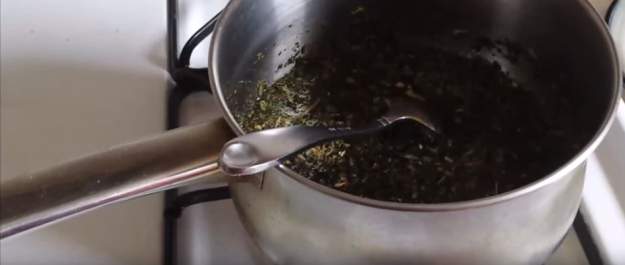

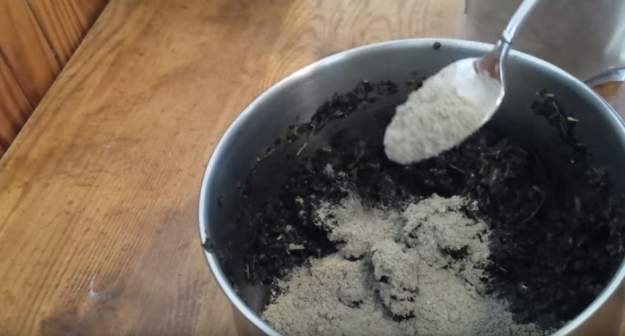
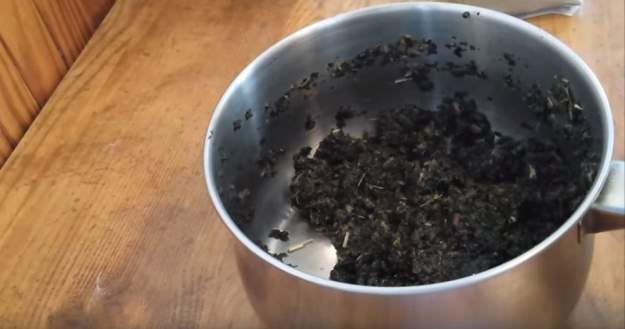
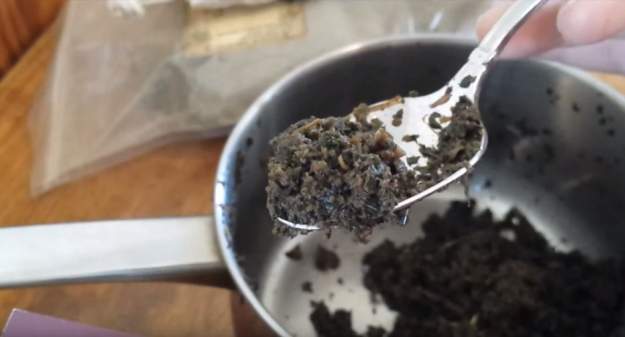

 image source
image source 





 <img src="https://www.farmingsecrets.com/wp-content/uploads/2023/02/3-300×138.jpg" alt="large image with headline and corn in the background with a green and white navigation bar" width="552" height="254"…
<img src="https://www.farmingsecrets.com/wp-content/uploads/2023/02/3-300×138.jpg" alt="large image with headline and corn in the background with a green and white navigation bar" width="552" height="254"…

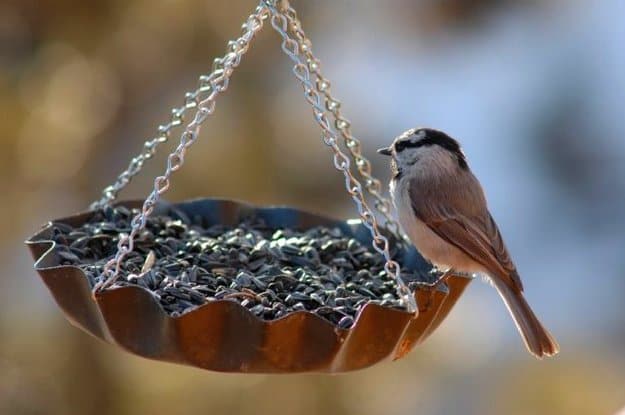
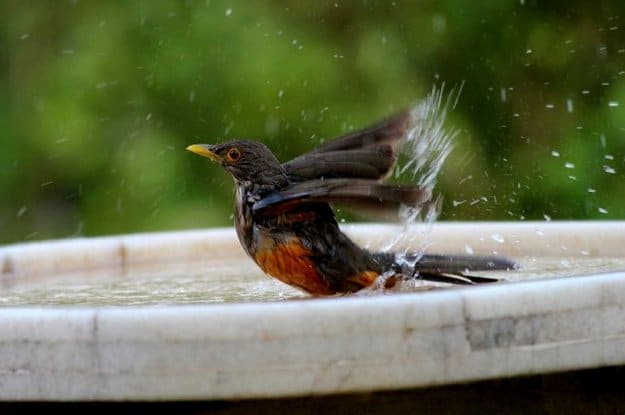

 a bachelor herd of red deer with their antlers
a bachelor herd of red deer with their antlers 


